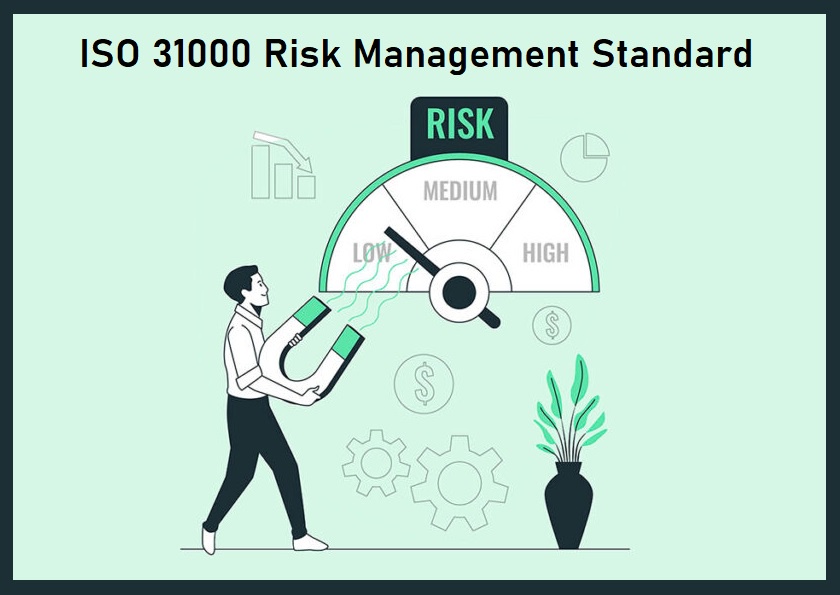Most businesses nowadays want to manage risk because they want to provide a safe workplace for their workers and because they want to protect the environment. Other businesses manage risk either because they want to comply with rules and regulations, which they may be able to do by acquiring ISO 31000 certificates, or because accidents are frequently more expensive than being proactive about safety. Whatever the reason, managing risk by utilizing a set of rules or standards as a guide can streamline the procedure and make it simpler to address all pertinent parts of risk management. The ISO 31000 "Risk management" standard is an illustrative example of a standard that may be used.
The ISO 31000 standard specializes in managing risks that may have an impact on a company's financial performance, its professional reputation, the environment, worker safety, and social results. The organization will function successfully in an uncertain climate if those risks are managed appropriately. The ISO 31000 is revised once every couple of years, similar to other standards, making the ISO 31000:2018 the most recent version. It offers principles, a framework, and a procedure for managing risk. It also provides guidelines. Because it is a standard, it can be utilized in any organization, regardless of its size, focus, or sector. Organizations can improve their ability to identify opportunities and threats, raise the possibility that goals will be met, and efficiently allocate and deploy resources for risk management by using ISO 31000.
It's time for the risk treatment when the risk identification, analysis, and evaluation along with the proper ISO 31000 auditor training for Risk management have been successfully performed. To complete the Plan-Do-Check-Act cycle for continuous quality improvement is a crucial step. Similar to a doctor and her patient, they must first diagnose the nature of the problem before they can decide where to apply their treatment. Once the cause has been identified, the doctor can inform nurses and other support personnel of the treatment plan and retain records for administrative purposes. Once all parties are involved, it is important to routinely assess the treatment to determine whether it is helping the patient. The patient may be released after receiving effective treatment, and operations should resume more safely at that point.
Diagnosis
If the evaluation was successful, some obvious gaps should be apparent right away. For instance, look for any threats with no defences around them. Finding these "open bruises" will enhance your risk-based decision-making by assisting you in more efficiently allocating your frequently constrained resources. Are there any barrier lines, for instance, that all have the same kind of barrier? If the answer is affirmative, the treatment is straightforward: change the kind of barriers.
Follow up
Once the diagnosis is clear, the responsible parties need to be chosen. Who is responsible for making sure that more barriers are put in place? Who is in charge of putting up various kinds of barriers? Who is responsible for revising the protocols? A deadline must be specified after the action party has been identified. What time frame should the treatment have been finished by? Which treatment is given the most priority? Is it of utmost significance? Or can it wait until other, more essential treatments are administered? Your decision-makers will be better able to allocate resources and set priorities as a result of this.
Evaluation
An essential but sometimes disregarded step in the PDCA cycle is determining whether the suggested treatment is indeed successful. It must be determined whether the treatment has been completed and, if so, whether it has been successful. Does the new adjustment make the system safer?
Completion
Once each of these processes has been finished, the cycle resumes at the planning stage. The ISO 31000 documents should now more accurately match the real world, at least for a while, until the real world changes again, as it usually does.


No comments yet